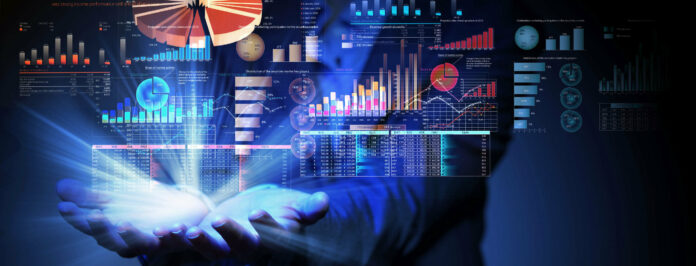Data which is called the next oil is an important part of the digital economy. Data of different types, structured or unstructured data are mined from sources like emails, audio files, business documents for getting intelligent insights. Data is the core of AI-powered machine learning models which are of course the future of the digital world. It will be surprising for all to know that humans generate more than 2 quintillion bytes of data every day, which is equal to 1.7 MB in a second.
Data Science, Big Data, and Data Analytics help businesses to navigate the complex world of data and technology to its target customers. Businesses can easily collect data from different sources and if they properly use these data, businesses can earn a quiet lot from these. Now we can look at how data analytics can help businesses to achieve efficiency.
Data analytics is an umbrella term used to explain many methodologies to discover hidden patterns from unstructured raw data. It is also a banquet of data cleaning, data analysis, and preparation of data. The application of data analytics in different industries. They are the following:
- Banking- Fraud Customer Detection, Customer Relationship management, modeling of risk, segmenting customers, and real-time predictions.
- Finance- Customer lifetime prediction, Assessment of the stock market, trading using algorithms, customer relationship management, and fraud customer detection.
- Manufacturing- optimization of production, reduction in cost, monitoring of equipment, optimization of production hours, and improving the quality of manufacturing.
- Transport– Analyse traffic, optimization of vehicle performance, self-driving cars, and mapping of the logistical route.
- Healthcare- Conversational virtual assistants, health bots, predictive modeling for diagnosis, drug discovery, genomic sequences to understand genetic structures, and medical image analysis.
- E-Commerce- Target Customer identification, customer targeting, forecasting of inventories, identification of sales trends, optimizing pricing strategies, detection of fraudulent, and prevention of malpractices.
Looking into big data it is a term used to describe large volumes of data, which may be structured and unstructured in daily business processes. Big data revolves around what businesses do with the data they have at their hand. This data is used for cost and time reductions, new product management, decision making, and optimized offerings. The use of Big data in business-related tasks is like customized offerings based on customers buying behavior and also used for recalculating portfolio risks.

